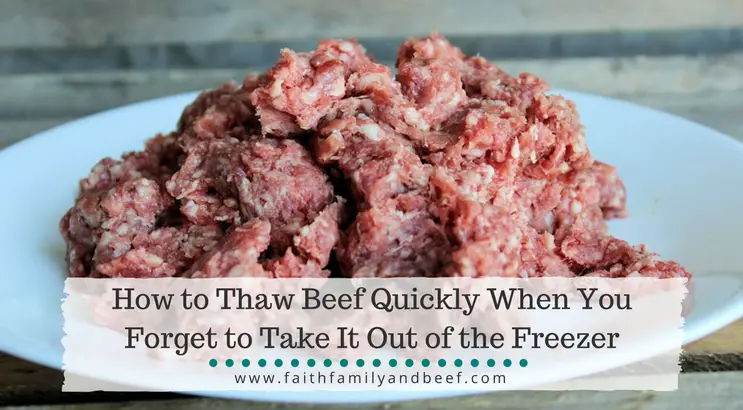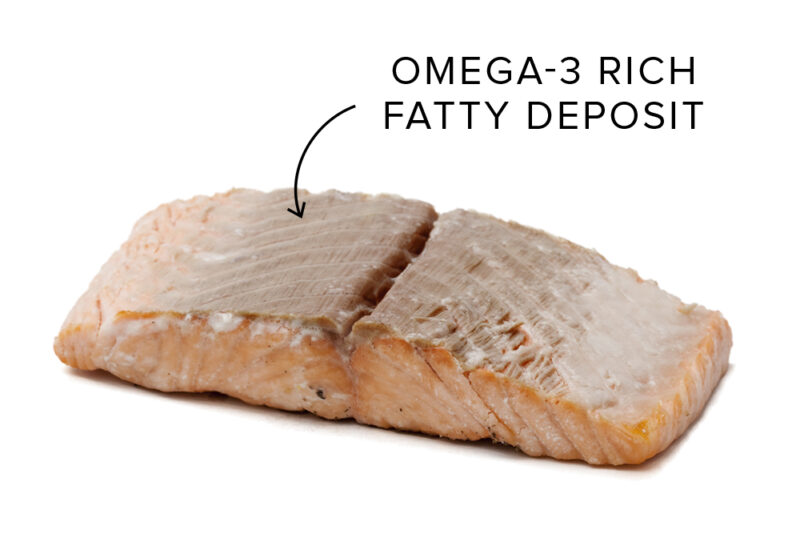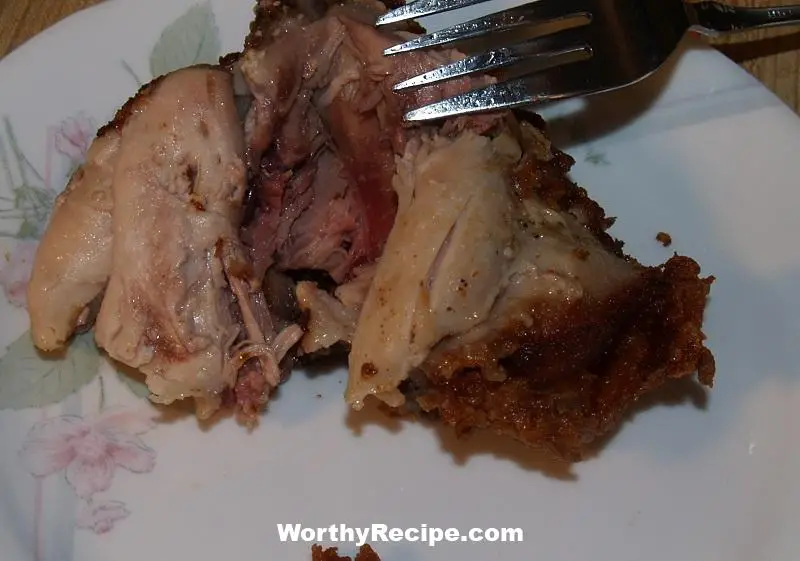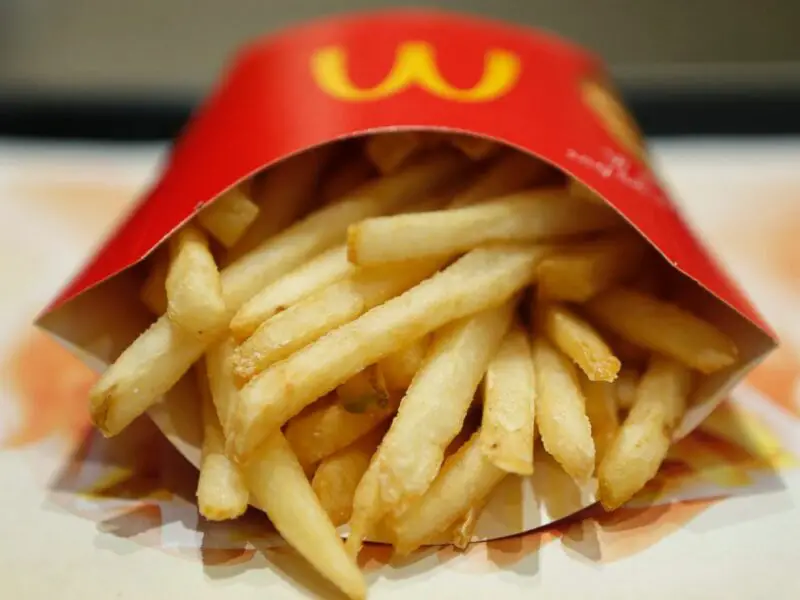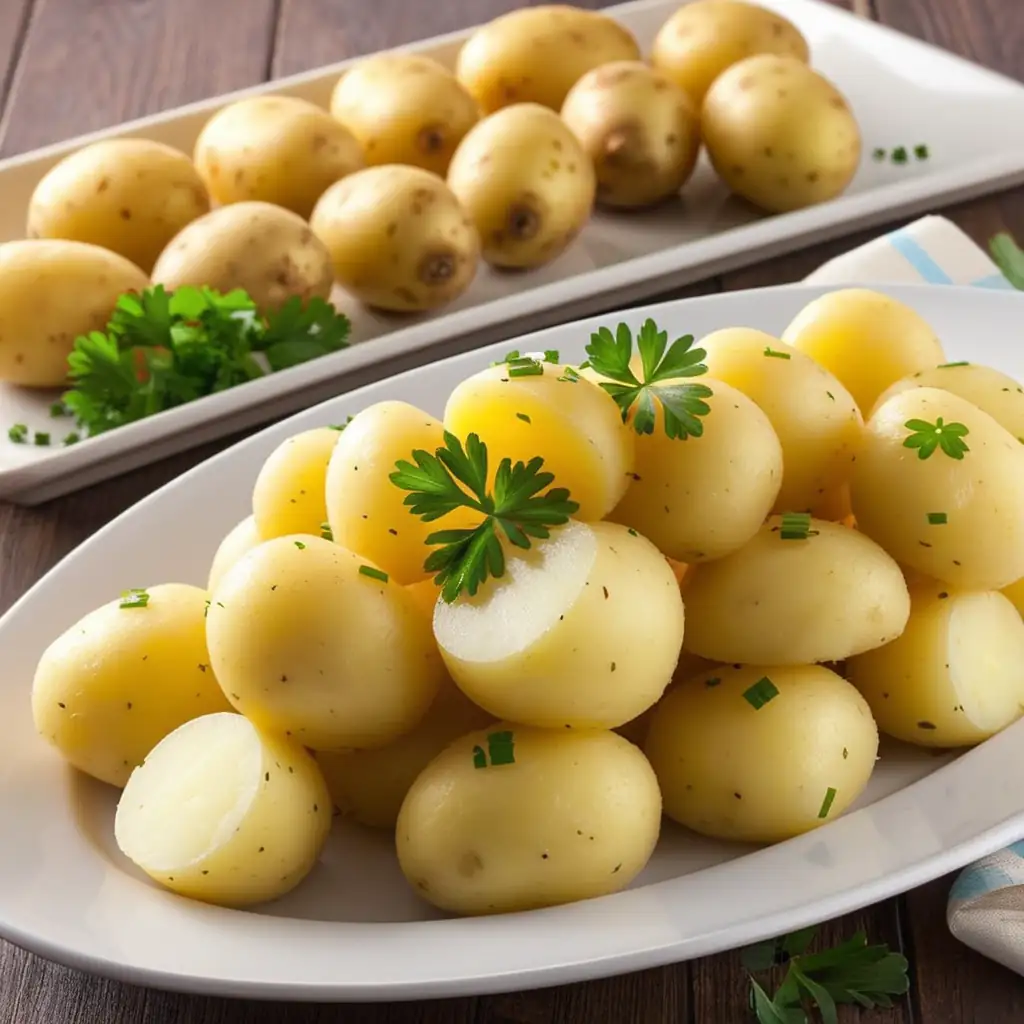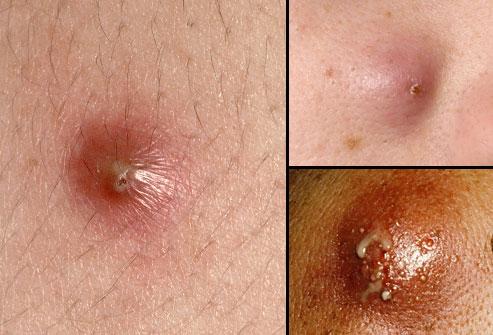How to Defrost Cooked Meat
Defrosting is the process of thawing frozen food, and it’s an important step when dealing with cooked meat. It’s crucial to take precautions to avoid bacterial growth while defrosting. In this article, we’ll cover different methods for defrosting cooked meat safely and best practices that ensure your meat is safe to eat.
Understanding Cooked Meat
Before we dive into the different methods of defrosting cooked meat, it’s important to understand what cooked meat entails. In simple terms, prepared meat refers to any animal product that has been subjected to heat through either frying, baking, grilling, or boiling until it’s ready for consumption.
There are several types of cooked meats: chicken, beef, pork, turkey, lamb, and fish. Each type of cooked meat requires storage under specific conditions because storing them incorrectly could cause significant health concerns.
To store cooked meats safely, they should be kept within an airtight container in the refrigerator or freezer. This helps minimize exposure to harmful bacteria that can cause illnesses like listeriosis, salmonella poisoning or E.coli.
Purpose of Defrosting Cooked Meat
The primary objective of defrosting cooked meat is to prepare it for consumption by removing it from the freezer and warming it up. What’s important here is that the defrosting process enables us to thaw out any frosty areas on the surface before reheating them to prevent burning or overcooking during the subsequent warming process.
For instance, you probably don’t want a perfectly roasted Thanksgiving turkey with burnt edges and cold centers because you didn’t let it thaw appropriately. Therefore, regardless of whether you’re reheating leftover meals or preparing frozen foods from scratch, there are various ways you can safely defrost cooked meats without exposing yourself or others to foodborne illnesses.
The Importance of Safe Defrosting
Foodborne illness resulting from consuming contaminated food can be severe and, in some cases, life-threatening. The origin of these illnesses is mainly poor storage and handling, which leads to bacterial development. This is why ensuring safe defrosting procedures are practiced when preparing meals is essential.
When meats are kept at room temperature, they provide safe havens for pathogens to grow, increasing the risk of contracting bacterial infections. Therefore, it’s important to practice safe defrosting procedures when preparing your dishes to prevent any harmful bacteria from multiplying.
Tip: Always use proper sanitation measures before and after handling raw meat, including washing hands and surfaces before and after preparation.
Preparation Before Defrosting Cooked Meat
Before starting the defrosting process, there are a few essential things you should keep in mind to ensure the cooked meat stays safe for consumption. Here are some guidelines:
Safety Precautions:
- Always keep the meat within a temperature range of 40 °F and below 140 °F.
- Never leave cooked meat at room temperature for more than two hours; this increases the likelihood of bacteria growth.
- Ensure you use clean utensils when handling the meat.
- If you’ll be refreezing the thawed cooket meat make sure you consume it within about three months.
- If you’re not confident that the frozen meat was stored under appropriate conditions, err on the side of caution by throwing it away instead of risking a possible foodborne illness.
It’s crucial to consider these factors to avoid any health concerns associated with consuming improperly thawed or reheated cooked meat.
Methods of Defrosting Cooked Meat
There are several methods to defrost cooked meat. Each method varies in the amount of time it takes, safety precautions, and quality of end product. Here are three known defrosting methods:
Refrigerator Method:
This is an ideal and safe way to defrost cooked meat since refrigerators allow for a controlled thawing period that ensures your food stays at the optimal temperature range to prevent bacterial growth. Below are some key tips to make the process easier:
How to Defrost:
- Remove the cooked meat from the freezer and place it on the bottom shelf of your refrigerator.
- Select a plate or tray that’s wide enough to provide ample space for your food.
- Cover the food with an aluminum foil or plastic wrap if it’s not in an airtight contanier
- Depending on what type of meat you’re thawing and its thickness, the defrosting process could take anywhere from 24 hours to 48 hours.
Tips for Success:
- Avoid overcrowding the refrigerator to allow for proper air circulation; failing to do so prolongs the defrosting process.
- Avoid refreezing thawed pieces. Once thawed, cook as soon as possible.
- If there is water buildup due to condensation after thawing, blot thoroughly using a clean paper towel before use.
Cold Water Bath Method:
This method involves submerging frozen cooked meat in cold water. While it’s a quicker method than using a refrigerator, it requires careful supervision during the defrosting process since it can be difficult maintaining optimal temperatures throughout.
How to Defrost:
- Put your frozen meat in an airtight container or ziplock bag on a flat surface or sink.
- Fill the sink or vessel large enough to submerge the meat with cold water.
- Replace the water frequently if it gets too warm; this ensures consistent defrosting.
- Check the temperature frequently to ensure it’s below 40°F
- The defrosting process using this method usually takes around an hour, depending on the thickness and type of meat involved.
Tips for Success:
- If you’re unable to defrost in one go, continually change out the water every 30 minutes while in progress until your food thaws completely.
- This method is best suited for smaller portions of cooked meat, ensuring they remain fully submerged during defrosting.
Microwave Method:
This is a quicker but more risky method that should only be used if necessary as it poses several health risks due to uneven defrosting. Below are some important pointers to keep in mind:
How to Defrost:
- Remove any packaging on your cooked meat and place it on a microwave-safe dish.
- Select your microwave’s defrost option and set the required time indicated in the instructions based on weight or time estimate.
- Keep a close eye on your appliance since microwave power levels may vary from one user to another, which increases the risk of causing hot spots in some areas, resulting in uneven defrosting of your meals.
Tips for Success:
- Once your cooked meat finishes defrosting via this method, you’ll need to start reheating immediately since there may be some watery discharge from the food that has thawed and coagulated various elements together.
- This method will partially cook the meat, which increases the risk of bacterial growth. Therefore, it’s not advisable to refreeze the meat.
Best Practices for Defrosting Cooked Meat
Defrosting cooked meat comes with various best practices that you’ll need to keep in mind while preparing and reheating your meals. Key among these is ensuring you never refreeze thawed cooked meat. This is because freezing and refreezing results in structural breakdown, which leads to unpleasant taste changes or texture issues.
Once defrosted, cook the food immediately since this destroys any bacteria present. Heating up only partially cooked meat increases the risk of bacterial infections that could occur during the cooling stage. Therefore it’s essential always to reheat your cooked meats well after thawing.
One popular way of cooking defrosted cooked meats is by grilling them to achieve crispier exterior layers that lock in juices for more flavorful results. You can also bake, stew, boil, or sauté depending on personal preferences or the type of recipe you have.
Common Mistakes while Defrosting Cooked Meat
Several mistakes people make while defrosting their cooked meat that could result in bacterial growth if not corrected immediately. Below are some common mistakes:
Using Boiling Water or Hot Water:
- Using hot water can lead to partial defrosting; it’s imperative only to use cold water since a higher temperature increases bacteria growth within partially thawed areas.
Leaving the Meat at Room Temperature:
- Meat left at room temperature leads to rapid bacterial multiplication; therefore, always place frozen meats consistently within controlled temperatures until they’re prepared for consumption.
Not Enough Time Given:
- If not given ample time to defrost, there’s a risk of a partially frozen center that risks bacterial growth during reheating. Defrosting your food well in advance helps maintain the quality and taste while eliminating bacterial growth risks completely.
Conclusion
In conclusion, there are several safe methods for defrosting cooked meats to help avoid any bacterial growth. Following proper safety precautions when preparing, reheating, or storing your meat will keep it fresh, safe to consume and free from bacterial infections.
Always remember to thaw your meat within the acceptable temperature range of 40°F and below 140°F to prevent bacterial spread. It’s essential always to cook your meats well after thawing and never refreeze thawed meat since this increases the likelihood of structural damage that affects taste, texture changes, or developing unpleasant smells.
Adhering to these guidelines ensures your food is safe from contamination and avoids putting your health at risk due to contaminated food.
Sources
- https://www.fda.gov/consumers/consumer-updates/how-handle-food-safely-after-power-outage#frozenfoods (FDA)
- https://www.foodsafetynews.com/2020/04/will-refreezing-meat-hurt-its-quality-and-your-health/#:~:text=The%20food%20safety%20risks%20associated,during%20the%20refreezing%20process.&text=When%20you%20refreeze%2C%20ice%20crystals,onset%20of%20structural%20damage.%22 (Food Safety News)
- https://onlinelibrary.wiley.com/doi/full/10.1111/jam.14850 (Journal of Applied Microbiology)
- https://nchfp.uga.edu/publications/nchfp/factsheets/defrosting.pdf (The National Center for Home Food Preservation)
- https://www.cdc.gov/foodsafety/communication/how-to-thaw-safely.html (CDC)
How long does it take to defrost cooked meat?
It depends on the size and type of meat you’re defrosting. Generally, it takes a few hours for smaller cuts of meat, while larger cuts can take several hours or even overnight in the fridge.
Can you defrost cooked meat in the microwave?
Yes, you can defrost cooked meat in the microwave by using the defrost setting. However, be sure to follow the manufacturer’s instructions and stir the meat frequently to prevent uneven thawing.
Is it safe to defrost cooked meat at room temperature?
No, it’s not safe to defrost cooked meat at room temperature since bacteria can grow quickly in the danger zone (between 40°F and 140°F). Always defrost meat in the fridge or use a cold water bath if you’re in a hurry.
What’s the best way to defrost leftovers?
The best way to defrost leftovers is by reheating them directly from frozen. Alternatively, you can transfer them to the fridge or use a cold water bath for quicker thawing. Just make sure to cook them thoroughly before serving.
